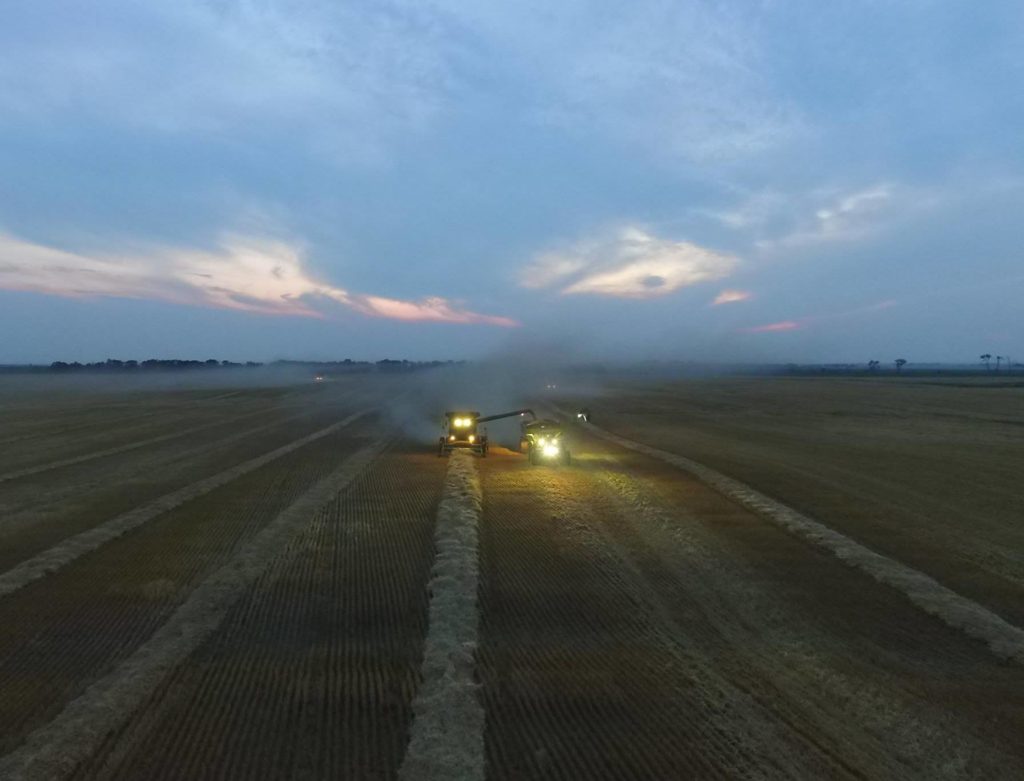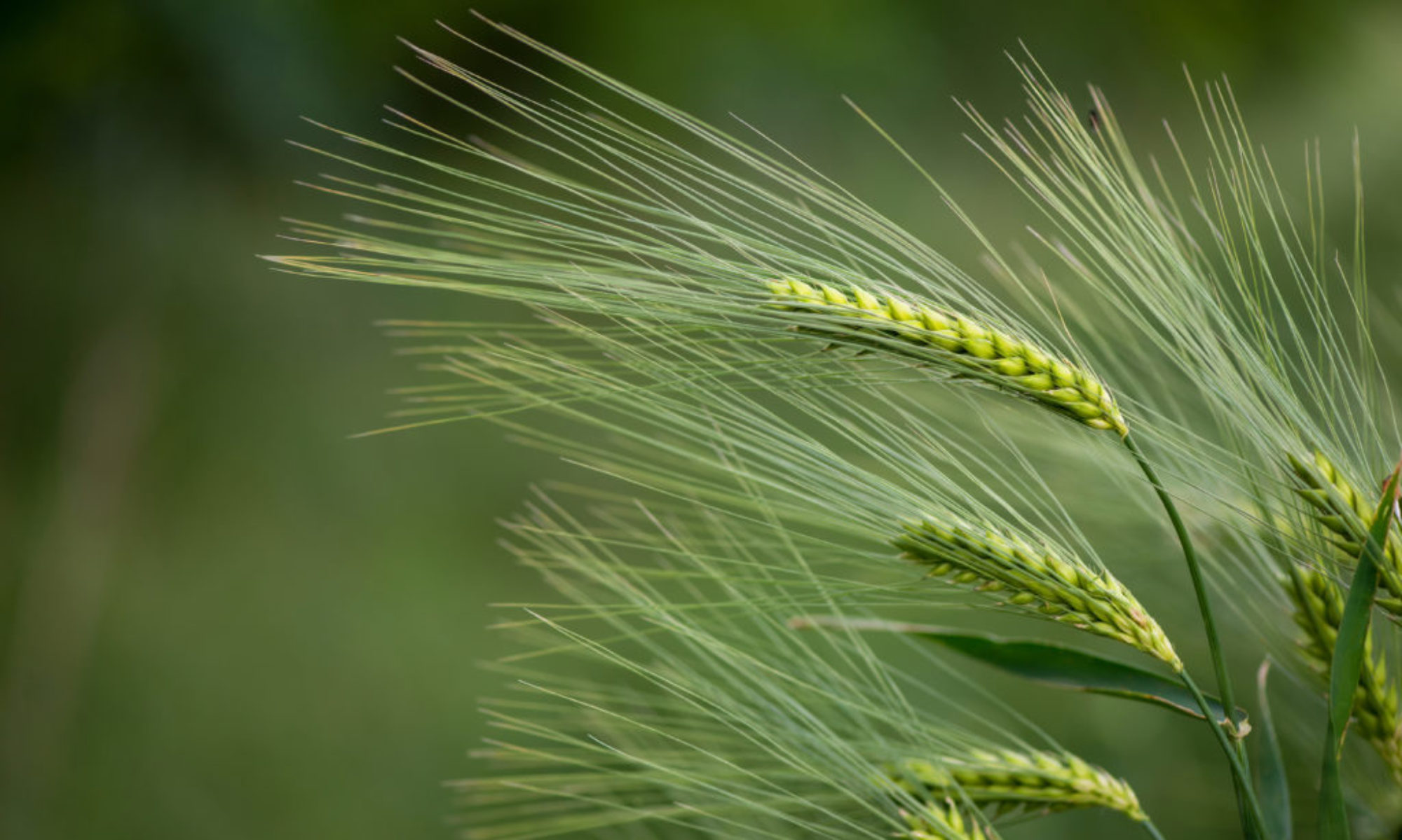By Maddie Patterson
Communications & Marketing Intern
Northern Crops Institute
Have you ever wondered how barley goes from being in the field to on your plate? Previously this blog has covered barely processing, but what happens before that point? Harvesting barley is a multi-step process that comes with lots of decisions for farmers. From when to harvest to how to keep the grain in peak condition, there are many factors at play. This blog will explore the harvesting and storage processes that barley goes through before being used for food, feed, or malting.

This process begins when the plant has finished ripening the grain. Barley is ready to be harvested when the heads of the stalks go from green to yellow, and they start to droop. This indicates that the grain has finished maturing and is ready to be harvested. Knowing exactly when this change occurs is critical for farmers. Once barley has “ripened” wind and weather are much more likely to damage the grain and cause potential yield loss. For this reason, harvest generally occurs shortly after the yellowing and drooping take place.
In this process, the grain usually has a moisture content of less than 12%. This means that it can go the either the receival point or into storage. While harvesting, farmers are careful to keep the grain in optimal condition. This means that measures are taken to prevent skinning or cracking, avoid contamination, and reduce grain losses.
Finally, now that the grain is harvested, it can be taken to a receival point, where it will be further processed and used for human or animal consumption depending on its quality. Alternatively, the grain can be placed in storage bins and sold at a later date. Each farmer makes this individual choice based on circumstances and conditions. But regardless of when the grain is sold, all barley is eventually utilized.
